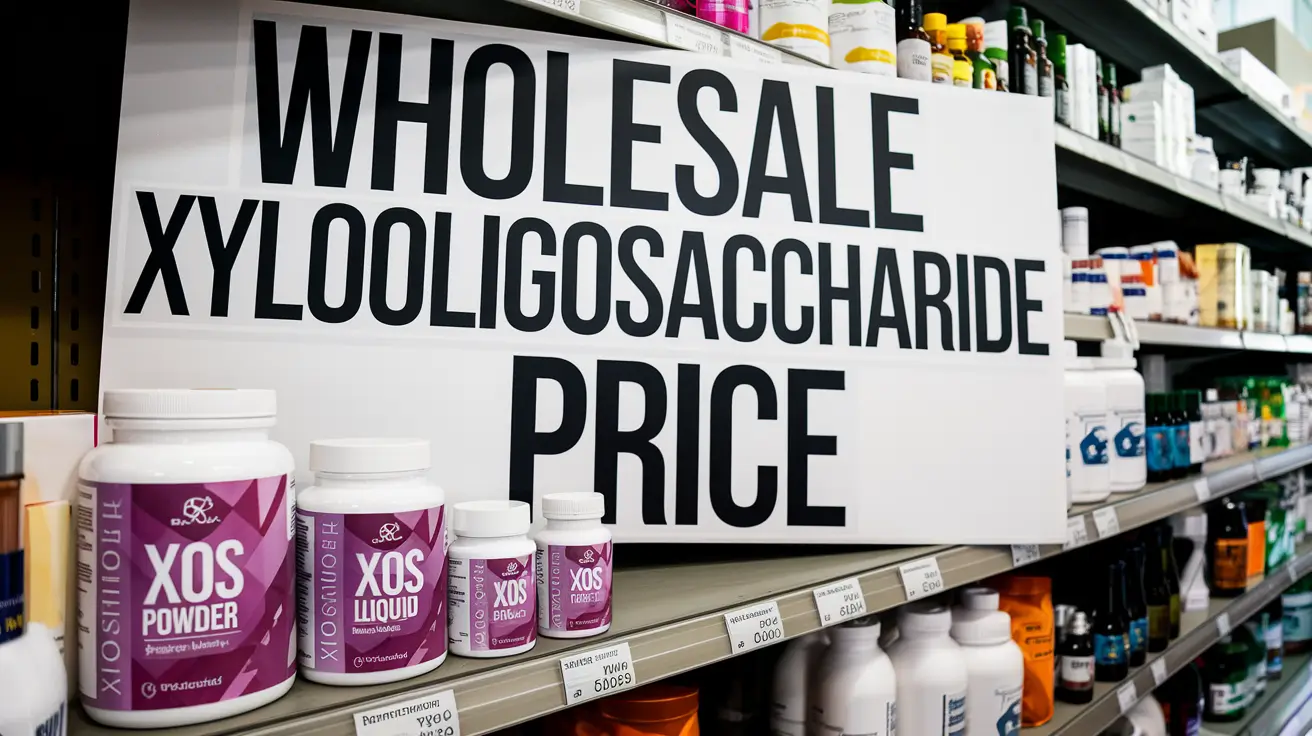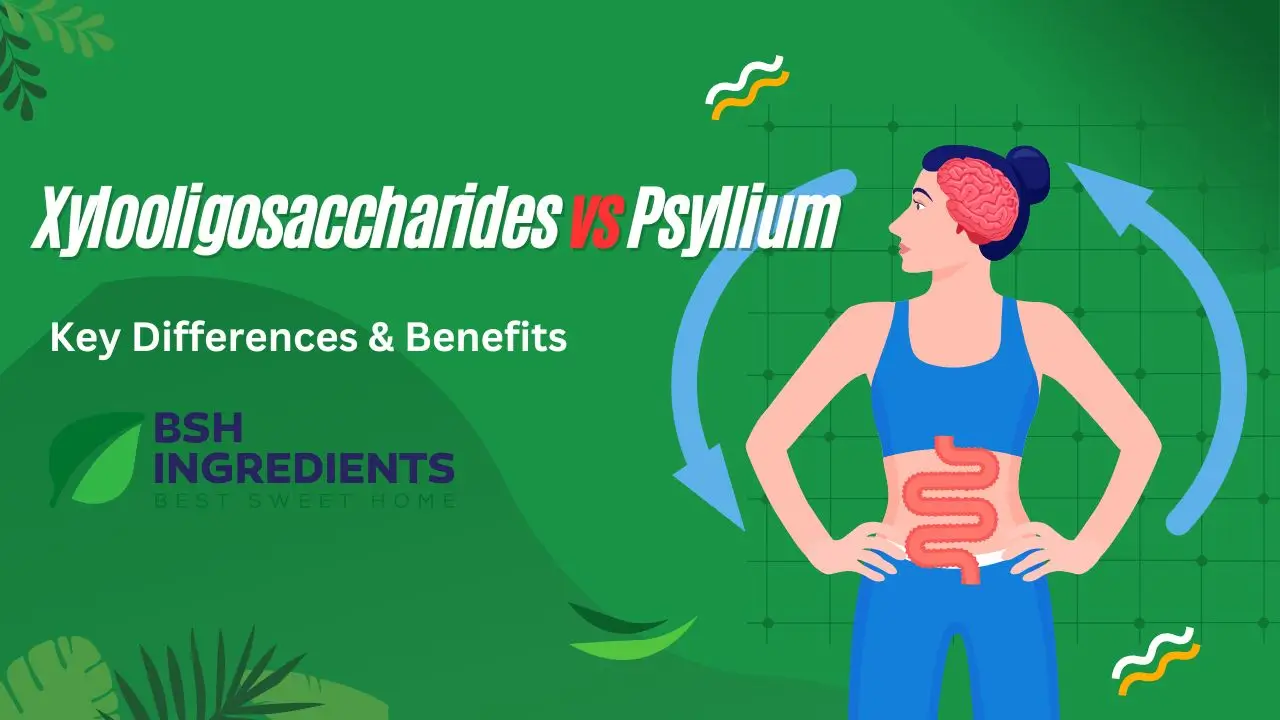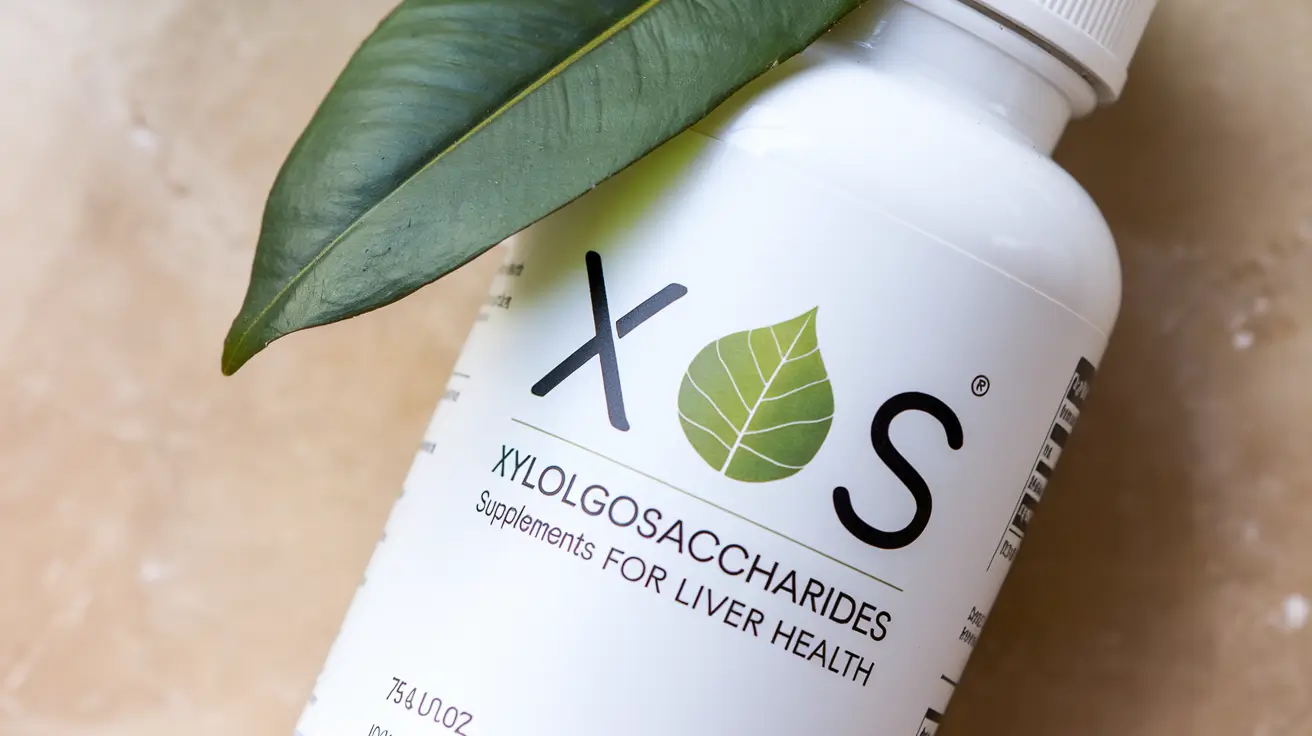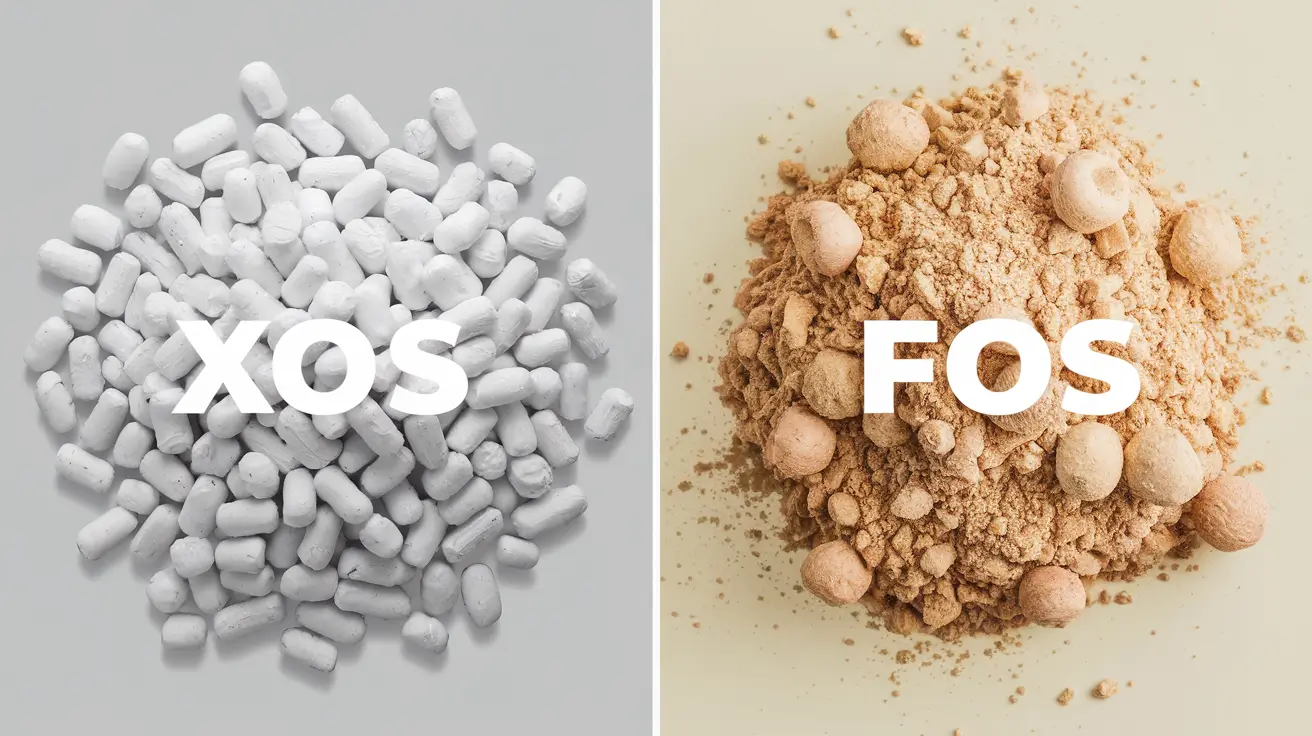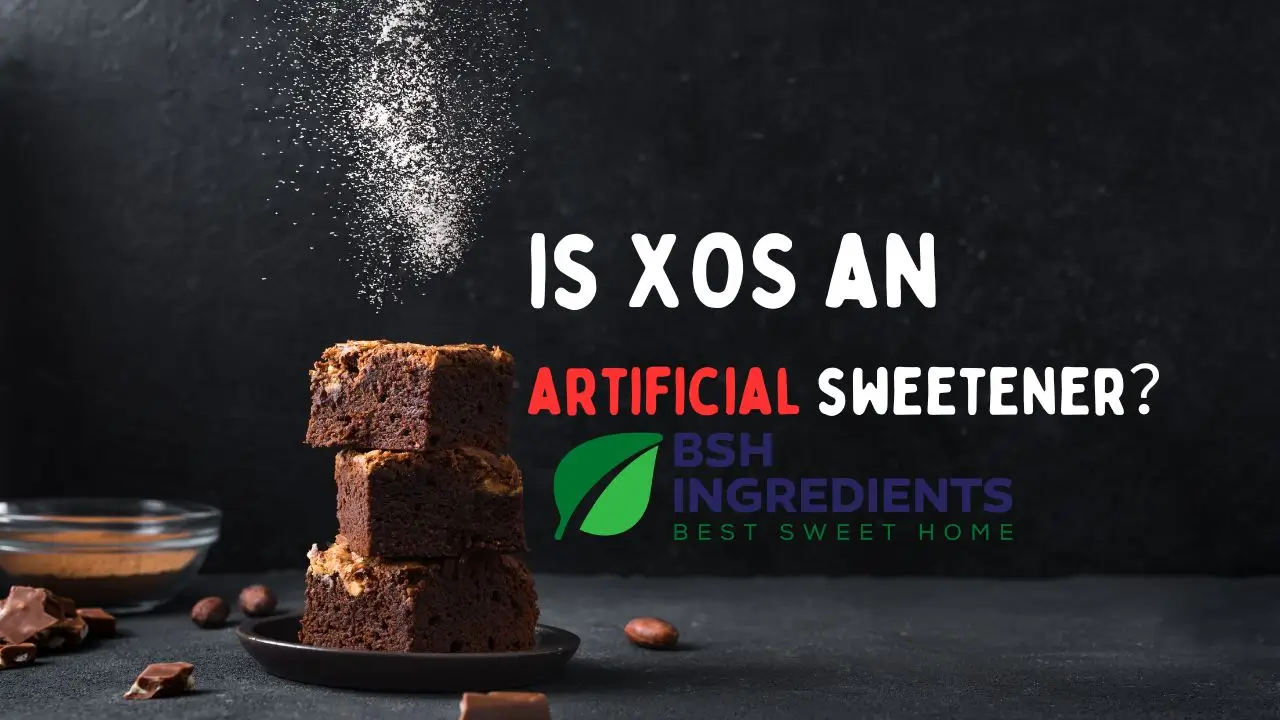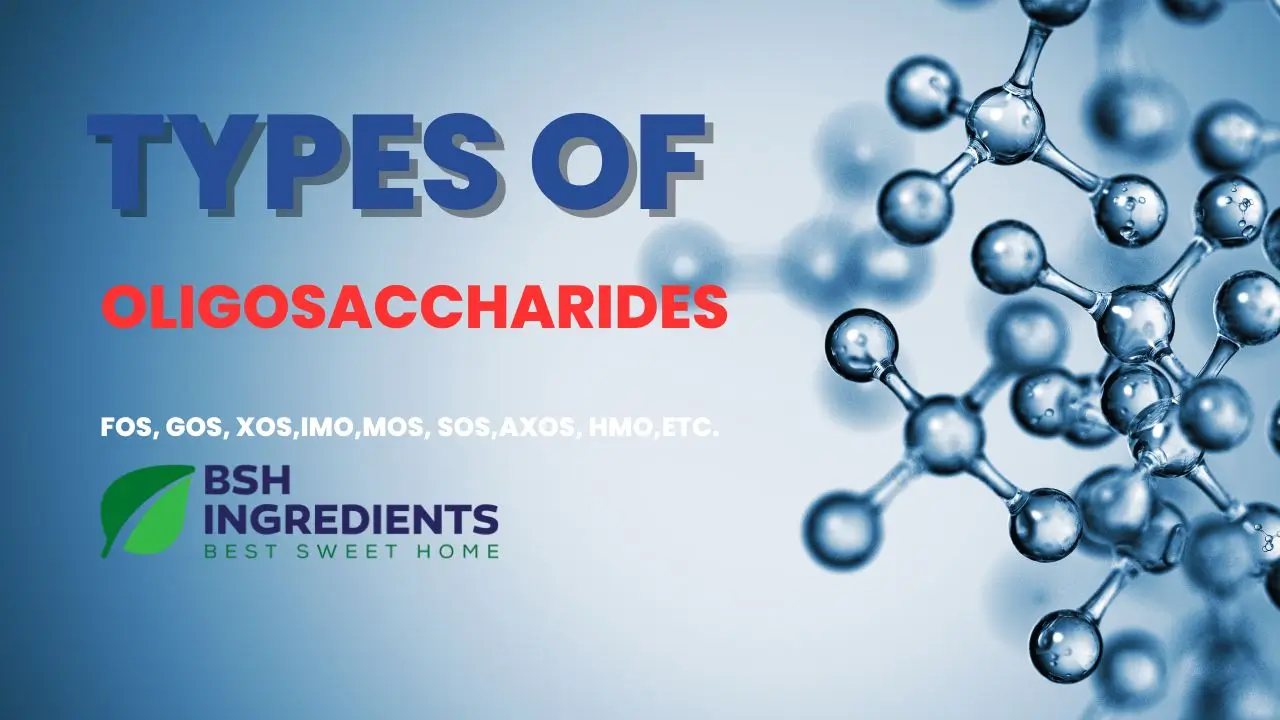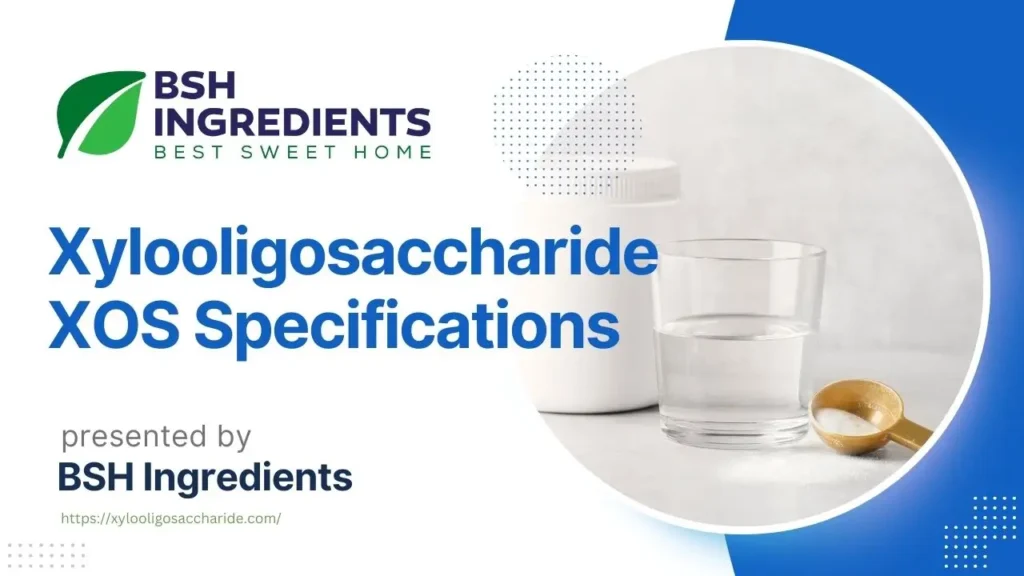
XOS Specifications play a crucial role in the world of prebiotics. Xylooligosaccharides (XOS) are gaining popularity as effective dietary fibers that promote gut health and overall well-being. Understanding the various XOS specifications available can help you make informed decisions when sourcing this valuable ingredient for your products.

BSH Ingredients, a leading wholesale XOS supplier in China, aims to provide B2B buyers comprehensive information about XOS specifications. This knowledge empowers you to choose the most suitable option for your needs before purchasing bulk. By familiarizing yourself with the different grades, purity levels, and forms of XOS, you can optimize your product formulations and effectively meet consumer demands.
As you explore the world of XOS, you’ll discover its versatile applications in functional foods, beverages, and dietary supplements. This article will guide you through the key specifications to consider, helping you confidently navigate the procurement process. Stay tuned to learn about the various XOS options available and how they can benefit your business.
Section 1: Key Specifications Of Xylooligosaccharide XOS

Xylooligosaccharides (XOS) are versatile prebiotic compounds derived from xylan-rich biomass. Their specifications vary based on production methods and source materials, impacting their functionality and applications.
Purity Levels
XOS purity typically ranges from 35% to 95%. Lower-purity products contain mixtures of XOS and other oligosaccharides. Higher-purity XOS (95%+) offers enhanced prebiotic effects and is preferred for dietary supplements.
XOS with 70-85% purity are common in food applications. These products balance cost-effectiveness with functional benefits.
Purity levels depend on the extraction and purification processes used. Enzymatic hydrolysis often yields higher-purity XOS than acid hydrolysis methods.
Concentration Types
XOS is available in liquid and powder forms. Liquid XOS concentrations range from 50% to 75% solids, while powder XOS typically has a solids content of 95%+.
Liquid XOS is easier to incorporate into beverages and liquid formulations. Powder XOS offers an extended shelf life and is suitable for dry mixes and capsules.
Some manufacturers provide custom concentration options to meet specific application needs.
Physical And Chemical Properties
XOS has a polymerization (DP) degree of 2-7 xylose units. The most common XOS has DP 2-6, with predominant xylobiose, xylotriose, and xylotetraose.
Water solubility: XOS is highly soluble, increasing solubility as DP decreases.
Stability: XOS remains stable at pH 2.5-8.0 and temperatures up to 100°C for short periods.
Sweetness: XOS has 0.3-0.6 times the sweetness of sucrose, varying with DP.
Caloric value: XOS provides 1.5-2.0 kcal/g, lower than traditional sugars.
Form And Packaging
XOS is available in various forms to suit different applications:
- Fine white powder (95%+ purity)
- Crystalline powder (70-95% purity)
- Syrup (50-75% concentration)
Packaging options include:
- 25kg bags for powders
- 200-250kg drums for syrups
- 1000kg totes for bulk orders
Food-grade XOS are packaged in materials that meet FDA and EU food contact regulations.
Some suppliers offer custom packaging solutions for specific customer requirements.
Section 2: Types Of XOS Specifications Available In The Market
XOS products come in different grades tailored for specific applications. The main types include food grade, feed grade, and specialized formulations.
Food Grade XOS
Food-grade XOS meets stringent purity and safety standards for human consumption. It typically contains 35-95% XOS, with the remainder comprising other oligosaccharides. This grade is used in functional foods, beverages, and dietary supplements.
Food-grade XOS is often produced through enzymatic processes by corncobs or other agro-industrial wastes. It’s available as a white or light yellow powder with a slightly sweet taste. Some manufacturers also offer liquid syrups.
Key specifications include XOS content, moisture level, pH, and microbiological limits. Food-grade XOS should be free from contaminants like heavy metals and pesticides.
Feed Grade XOS
Feed-grade XOS is designed for animal nutrition applications. It usually has a lower purity than food grade, with XOS content ranging from 10% to 70%. This grade is more cost-effective for large-scale use in livestock and aquaculture feeds.
Production often utilizes agricultural byproducts like sugarcane bagasse or wheat bran. Feed-grade XOS may contain higher levels of other oligosaccharides and monosaccharides.
Specifications focus on XOS content, moisture, and microbiological safety. Feed grade XOS is tested for mycotoxins and other potential feed contaminants.
Specialized Grades
Specialized XOS grades cater to specific industrial or research needs. These include high-purity grades (>95% XOS) for analytical standards and pharmaceutical applications.
Some grades are optimized for biofuel production, enhancing fermentation efficiency. Others are tailored for personal care products or as prebiotics in pet foods.
Specialized grades may have precise molecular weight distributions or specific oligomer profiles. For example, you might find grades enriched in particular XOS components like xylobiose or xylotriose.
Section 3: Understanding The Applications Of XOS By Specification
Due to their unique prebiotic properties and health benefits, xylooligosaccharides (XOS) offer diverse applications across industries. Their specifications determine their suitability for various food, supplements, and animal feed uses.
Food And Beverage Industry
XOS is a functional food ingredient in numerous products, including dairy products, baked goods, and beverages. Its prebiotic characteristics promote the growth of beneficial gut bacteria, particularly bifidobacteria. XOS is also a low-calorie sweetener and fiber supplement, making it ideal for reduced-fat and sugar-free formulations.
In functional foods, XOS enhances mineral absorption and supports digestive health. It also improves the texture and mouthfeel of products while extending shelf life. You’ll notice XOS in yogurts, nutrition bars, and fruit juices, which contribute to flavor and nutritional value.
XOS also exhibits antioxidant properties, potentially reducing oxidative stress in food products. This makes them valuable in preserving food quality and extending product longevity.
Dietary Supplements
XOS is crucial in dietary supplements targeting gut health and overall well-being. Its prebiotic action supports a balanced microbiome linked to various health benefits. XOS is available in capsules, powders, and liquid formulations.
These supplements may help manage gastrointestinal disorders and improve bowel regularity. XOS’s bifidogenic activity promotes the growth of beneficial bacteria, potentially enhancing immune function. Some studies suggest that XOS supplementation may help regulate blood cholesterol levels and support weight management.
XOS supplements often combine with probiotics to create synbiotics, offering a comprehensive approach to gut health. Their potential anti-inflammatory and immunomodulatory effects make them interesting for research in diabetes and cancer prevention.
Animal Feed Industry
XOS has significant applications in animal nutrition and health. Adding XOS to animal feed can improve digestive efficiency and promote beneficial gut flora in livestock and pets, leading to better nutrient absorption and overall animal health.
XOS supplementation may enhance growth performance and feed conversion rates in poultry and swine production. It can also strengthen the immune system, potentially reducing the need for antibiotics in animal husbandry.
For companion animals, XOS in pet foods can support digestive health and alleviate gastrointestinal issues. They may also improve coat quality and general well-being in cats and dogs.
XOS’s prebiotic properties in animal feed can improve product quality, such as eggs with enhanced nutritional profiles or meat with better fat composition.
Section 4: Choosing The Right XOS Product For Your Business
Selecting the optimal XOS product requires careful consideration of your specific needs and working with a trusted supplier. These factors will help ensure you get the most value and quality for your investment.
Factors To Consider When Purchasing XOS In Bulk
Purity is a key factor when buying XOS in bulk. Look for products with at least 95% xylooligosaccharide content. Check the moisture content—it should be below 5% for optimal shelf life.
Particle size matters, too. Finer particles dissolve more easily but may clump. Coarser grades flow better but take longer to dissolve. Consider your application needs.
Price is important, but don’t sacrifice quality. Compare the cost per unit of active XOS with just bulk pricing—factor in shipping costs for large orders.
Packaging options can affect your handling and storage. Bulk bags may be more cost-effective, while smaller packages offer more flexibility.
Working With A Reliable Supplier
Choose a supplier with a strong track record in XOS production. Look for certifications like ISO 9001 for quality management and FSSC 22000 for food safety.
Ask for detailed product specifications and certificates of analysis. A reputable supplier will provide these readily.
Evaluate their production capacity and lead times. Ensure they can meet your volume needs consistently.
Technical support is valuable. Select a supplier who can offer guidance on XOS applications and troubleshooting.
Consider the supplier’s research and development capabilities. Those investing in XOS innovation may offer improved products in the future.
Assess their quality control measures. Regular third-party testing demonstrates a commitment to product integrity.
Section 5: Industry Standards And Certifications

To ensure safety and efficacy, XOS products must meet rigorous quality standards and certifications. This applies to both manufacturing processes and final product specifications.
Quality Standards For XOS
XOS manufacturers adhere to Good Manufacturing Practice (GMP) guidelines. These ensure consistent quality and purity of products. Key GMP elements include:
- Documented procedures for all production processes
- Regular equipment maintenance and calibration
- Strict hygiene and sanitation protocols
- Thorough employee training programs
Quality control testing is performed at multiple stages. This includes raw material inspection, in-process checks, and finished product analysis. Common tests measure:
- XOS concentration and purity
- Microbial contamination levels
- Heavy metal content
- Moisture content
Many companies also implement Hazard Analysis Critical Control Point (HACCP) systems. These identify and control potential food safety hazards throughout production.
Certifications And Testing
Third-party certifications provide additional assurance of XOS quality. Common certifications include:
- ISO 9001: Quality management systems
- ISO 22000: Food safety management
- FSSC 22000: Food safety system certification
Product-specific certifications may also apply:
- Non-GMO verification
- Organic certification
- Kosher or Halal certification
Independent laboratory testing confirms product specifications. This often includes:
- High-performance liquid chromatography (HPLC) analysis
- Gas chromatography-mass spectrometry (GC-MS)
- Fourier-transform infrared spectroscopy (FTIR)
These tests verify XOS purity, composition, and absence of contaminants. Results are typically provided in certificates of analysis for each product batch.
Conclusion

Xylooligosaccharide (XOS) specifications are crucial for ensuring product quality and effectiveness. By adhering to industry standards, you can confidently select and utilize XOS in various applications.
Key specifications to consider include:
- Purity level (typically 95% or higher)
- Degree of polymerization
- Moisture content
- Heavy metal limits
Rigorous testing methods help verify these specifications. Gas chromatography, high-performance liquid chromatography, and spectrophotometry are commonly used techniques.
When sourcing XOS, request a certificate of analysis from suppliers. This document provides detailed information on batch-specific test results and compliance with specifications.
Proper storage conditions are essential for maintaining XOS quality. Keep the product in a cool, dry place, away from direct sunlight. Follow manufacturer recommendations for shelf life and handling procedures.
By prioritizing XOS specifications, you ensure optimal food, beverage, and nutraceutical application performance. This attention to detail supports product consistency and consumer safety.
Additional Resources
To explore Xylooligosaccharide (XOS) specifications further, you can find valuable information on product pages and supplier websites. These resources offer detailed insights into XOS properties, applications, and availability.
Frequently Asked Questions

Xylooligosaccharides offer various health benefits but also raise some common questions. Let’s address key concerns about XOS supplementation, dosage, food sources, and comparisons to other prebiotics.
What are the potential side effects of taking Xylooligosaccharides?
XOS is generally well-tolerated. Some people may experience mild digestive discomfort, like bloating or gas, when first introducing XOS. These effects typically subside as the body adjusts to the increased prebiotic intake.
Start with a small dose and gradually increase it to minimize potential side effects. If you have a sensitive stomach, consult your doctor before adding XOS to your diet.
Can Xylooligosaccharides aid in weight loss objectives?
XOS may indirectly support weight management. They promote the growth of beneficial gut bacteria, improving digestion and metabolism. XOS also has a low caloric value and may increase feelings of fullness.
However, XOS is not a magic weight loss solution. Combine them with a balanced diet and regular exercise for the best results.
How does Xylooligosaccharides compare with inulin in terms of health benefits?
Both XOS and inulin are prebiotic fibers that support gut health. Compared to inulin, XOS is more selective in promoting beneficial bacteria growth. They also require lower doses to achieve similar effects.
XOS tends to cause fewer digestive side effects than inulin. It’s also more stable in acidic environments, potentially making it more effective throughout the digestive tract.
Which foods are natural sources of Xylooligosaccharides?
XOS occurs naturally in various plant-based foods. You can find them in:
- Fruits: Berries, plums, and raisins
- Vegetables: Bamboo shoots, garlic, and onions
- Grains: Corn cobs and rice bran
Honey and dairy products also contain small amounts of XOS.
What is the recommended dosage for Xylooligosaccharides supplementation?
The optimal XOS dosage varies based on individual needs and tolerance. Most studies use doses ranging from 1 to 4 grams per day. Start with a lower dose, around 1 gram daily, and gradually increase if needed.
Monitor your body’s response and adjust accordingly. Always follow the dosage instructions on the supplement label or consult a healthcare professional for personalized advice.
Are Xylooligosaccharides considered an effective prebiotic?
Yes, XOS are highly effective prebiotics. They selectively stimulate the growth of beneficial bacteria like Bifidobacteria in your gut. XOS resists digestion in the upper gastrointestinal tract, reaching the colon intact.
Research shows that XOS can improve gut health, enhance mineral absorption, and support immune function. Their effectiveness and low required dose make them popular among prebiotic supplements.


